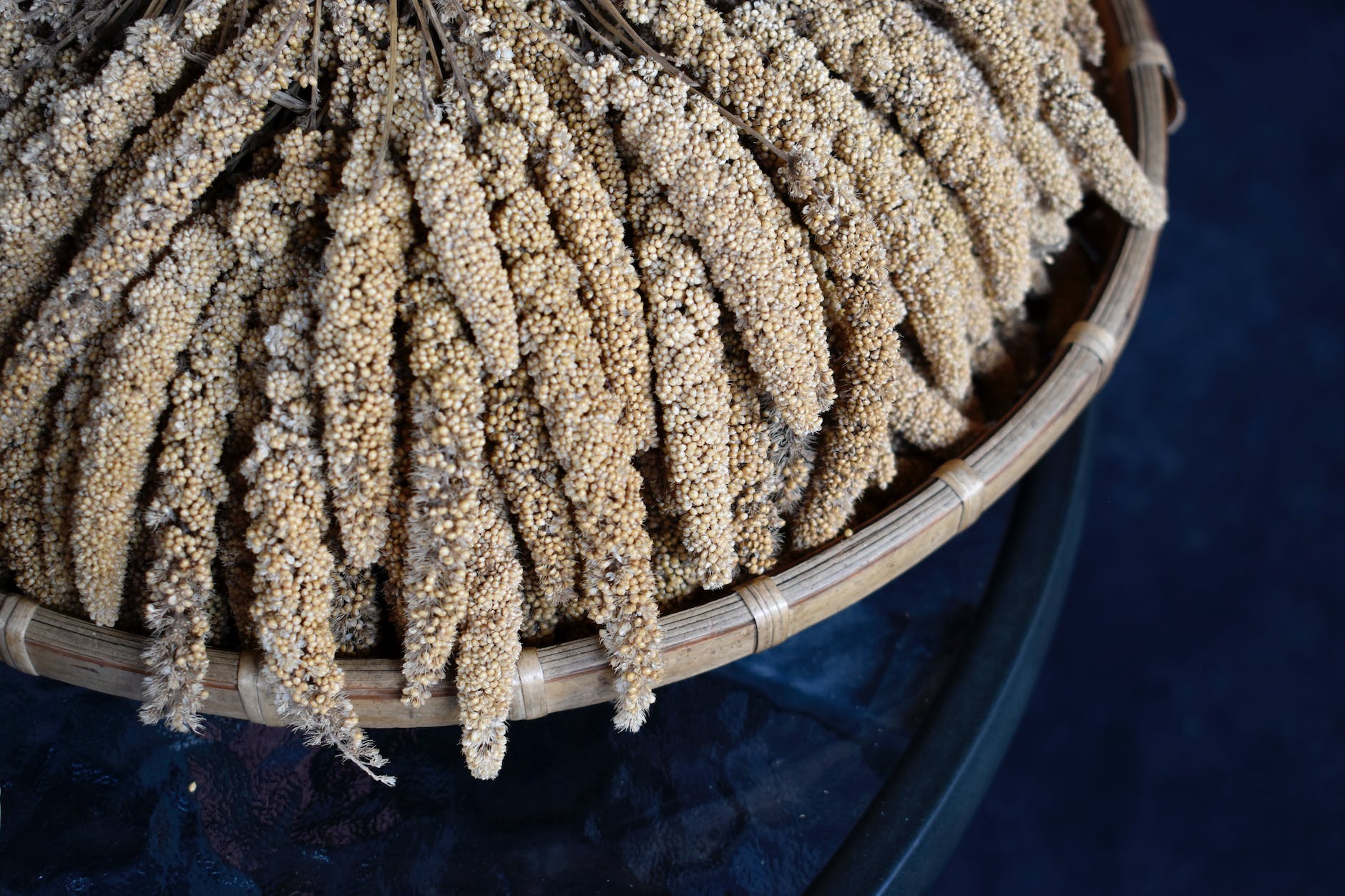
Introduction:
India is renowned for its diverse culinary traditions and an array of delicious flatbreads. Among the numerous options available, millet stands out as a popular choice for making flatbreads in the country. Millets have been a staple grain in the Indian subcontinent for centuries, appreciated for their nutritional value and culinary versatility.
In this blog post, we will delve into the most commonly used millet for making flatbreads in India – Bajra. We will explore its significance in Indian cuisine, step-by-step instructions to make Bajra flatbreads, its nutritional benefits, and the cultural importance it holds.
The Go-To Millet for Flatbreads: Bajra
Among the different types of millets used for making flatbreads, Bajra (Pennisetum glaucum) holds a special place in Indian cuisine. Bajra is a warm-season grain widely cultivated in India, particularly in the states of Rajasthan, Gujarat, Haryana, and Uttar Pradesh.
Nutrition Table (Macro):
| Nutrient | Amount per 100g |
|---|---|
| Calories | 360 |
| Carbohydrates | 67g |
| Protein | 12g |
| Fat | 5g |
| Fiber | 10g |
Nutrition Table (Micro):
| Nutrient | Amount per 100g |
|---|---|
| Iron | 8mg |
| Calcium | 42mg |
| Magnesium | 114mg |
| Potassium | 280mg |
| Phosphorus | 296mg |
| Vitamin B1 | 0.38mg |
| Vitamin B6 | 0.44mg |
Bajra has a slightly nutty flavor that adds a distinct taste to flatbreads. The flour made from Bajra is gluten-free, making it an excellent alternative for individuals with gluten sensitivities or those following a gluten-free diet.
Making Bajra Flatbreads:
To make Bajra flatbreads, start by grinding Bajra grains into a fine flour. Traditionally, a stone grinder known as a “chakki” was used, but nowadays, electric grinders are more commonly used. Once the flour is ready, follow these steps:
- In a mixing bowl, take 2 cups of Bajra flour.
- Gradually add warm water to the flour and knead it into a smooth and pliable dough. The amount of water required may vary, so add it slowly until the dough reaches the desired consistency.
- Cover the dough with a damp cloth and let it rest for about 15-20 minutes.
- Divide the dough into small portions and shape them into balls.
- Take one dough ball and dust it with Bajra flour.
- Using a rolling pin, roll the dough ball into a flat disc of approximately 6-8 inches in diameter.
- Heat a tawa or griddle on medium heat.
- Place the rolled Bajra disc onto the hot tawa and cook for about a minute or until small bubbles start to form.
- Flip the flatbread and cook the other side for another minute or until both sides are cooked.
- Remove the Bajra flatbread from the tawa and apply a dollop of ghee (clarified butter) for added flavor, if desired.
- Repeat the process with the remaining dough balls.
Note: Bajra flatbreads may be slightly more delicate and crumbly compared to wheat-based flatbreads, so handle them with care.
Nutritional Benefits:
Bajra flatbreads offer several health benefits due to their nutritional composition. Here are some key benefits:
- Rich in Fiber: Bajra is a great source of dietary fiber, with approximately 10 grams of fiber per 100 grams. Fiber aids digestion, promotes a feeling of fullness, and helps regulate blood sugar levels.
- Abundant in Essential Minerals: Bajra is packed with essential minerals like iron, calcium, magnesium, potassium, phosphorus, and more. These minerals are crucial for maintaining healthy bones, preventing anemia, supporting nerve function, and promoting overall well-being.
- Vitamin-Packed: Bajra is a good source of B vitamins, including vitamin B1 (thiamine) and vitamin B6 (pyridoxine). These vitamins play a vital role in energy production, brain function, and supporting a healthy nervous system.
- Antioxidant-Rich: Bajra contains antioxidants and phytochemicals that help protect the body against oxidative stress and inflammation.
Cultural Significance:
Bajra flatbreads hold deep cultural significance in India, particularly in the regions where they are commonly consumed. They are often enjoyed with a variety of accompaniments, such as ghee, curries, pickles, or yogurt. Bajra Roti, as it is commonly known, is a popular dish during festivals, weddings, and other special occasions. It symbolizes prosperity, abundance, and the rich agricultural heritage of India.
Conclusion:
Bajra, the millet commonly used for making flatbreads in India, offers a delightful combination of taste, nutrition, and cultural importance. With its unique flavor and gluten-free nature, Bajra flatbreads are a healthy and delicious alternative to traditional wheat-based flatbreads. So, the next time you savor a Bajra Roti, relish its taste while appreciating the rich history, nutritional benefits, and cultural significance it brings to your plate.









